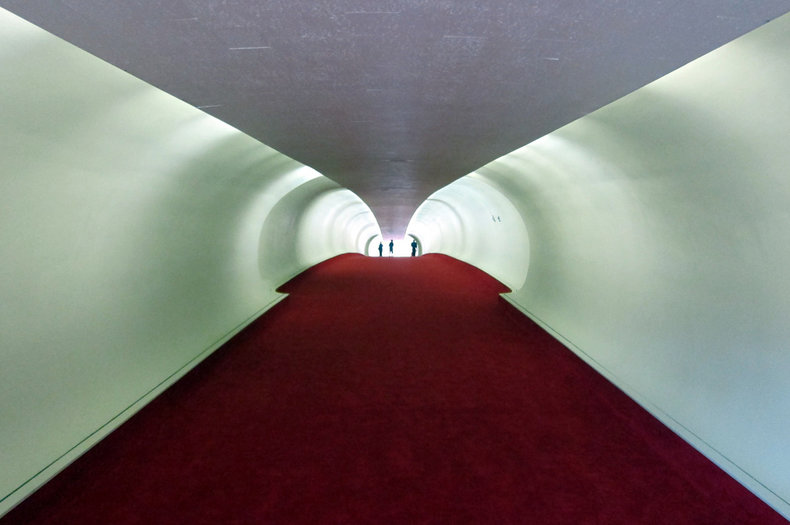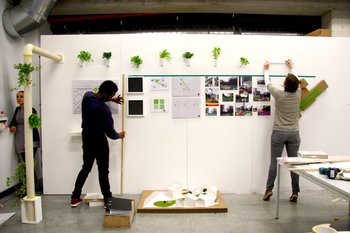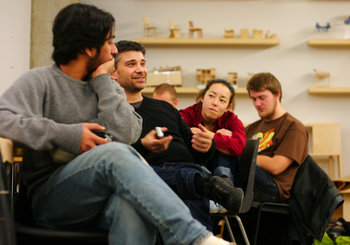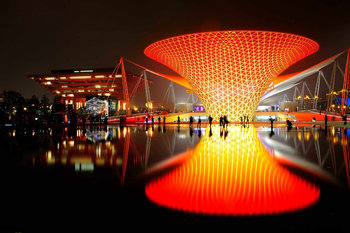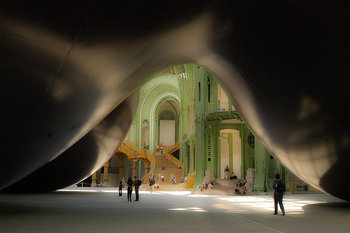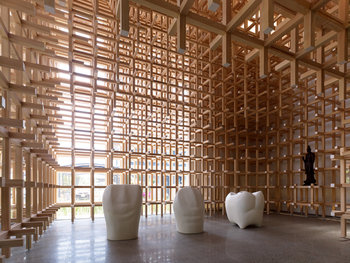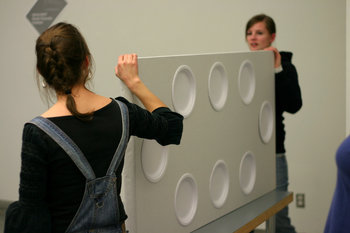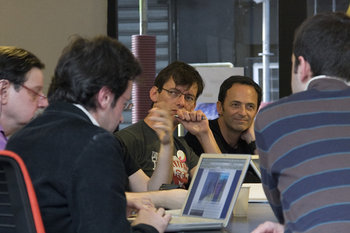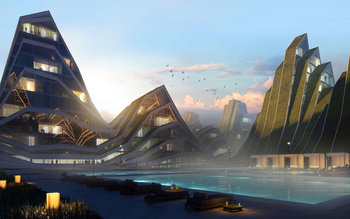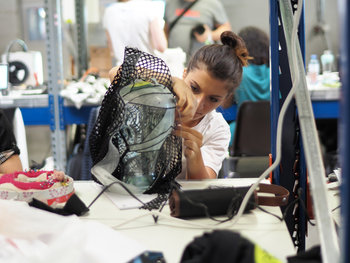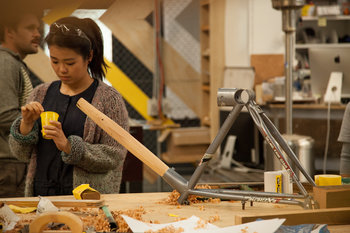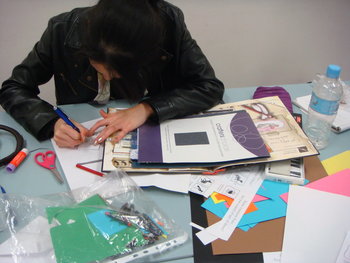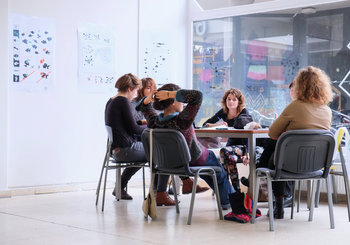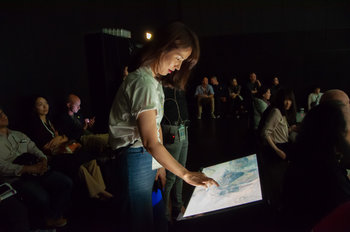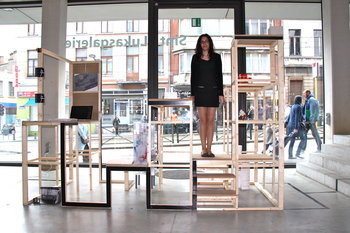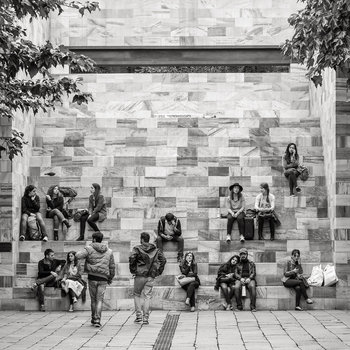Design Design Guides
| |
Accessibility is the design of environments, products, services and user interfaces to be used by people with disabilities. Design to the EdgesModern accessibility techniques typically involve designing to the edges such that things can be used by everyone as opposed to being designed for the "average" person. As such, accessibility benefits the large number of people who aren't "average". For example, the elderly, families with small children and people with luggage may find an accessible entrance to a train station to be helpful.|
Type | | Definition | Designs that are accessible to people with disabilities. | Related Concepts | |
Design
This is the complete list of articles we have written about design.
If you enjoyed this page, please consider bookmarking Simplicable.
A comprehensive guide to design.
An overview of color theory.
The difference between layout and composition.
The difference between modeless and contextual user interfaces explained.
A list of common types of design.
The steps in a design process.
The common types of design quality.
A definition of universal design with examples.
A definition of sensory design with examples.
An overview of emotional design.
The definition of elegance with examples.
A list of common design considerations.
An overview of lightness in design.
The common types of design constraint.
The definition of design to cost with examples.
The different between design-to-value and design-to-cost with examples.
A list of design objectives.
A list of common design goals.
An overview of design function with examples.
An overview of design composition with examples.
A list of what is included in design requirements.
TrendingThe most popular articles on Simplicable in the past day.
Recent posts or updates on Simplicable.
Site Map
© 2010-2023 Simplicable. All Rights Reserved. Reproduction of materials found on this site, in any form, without explicit permission is prohibited.
View credits & copyrights or citation information for this page.
|
